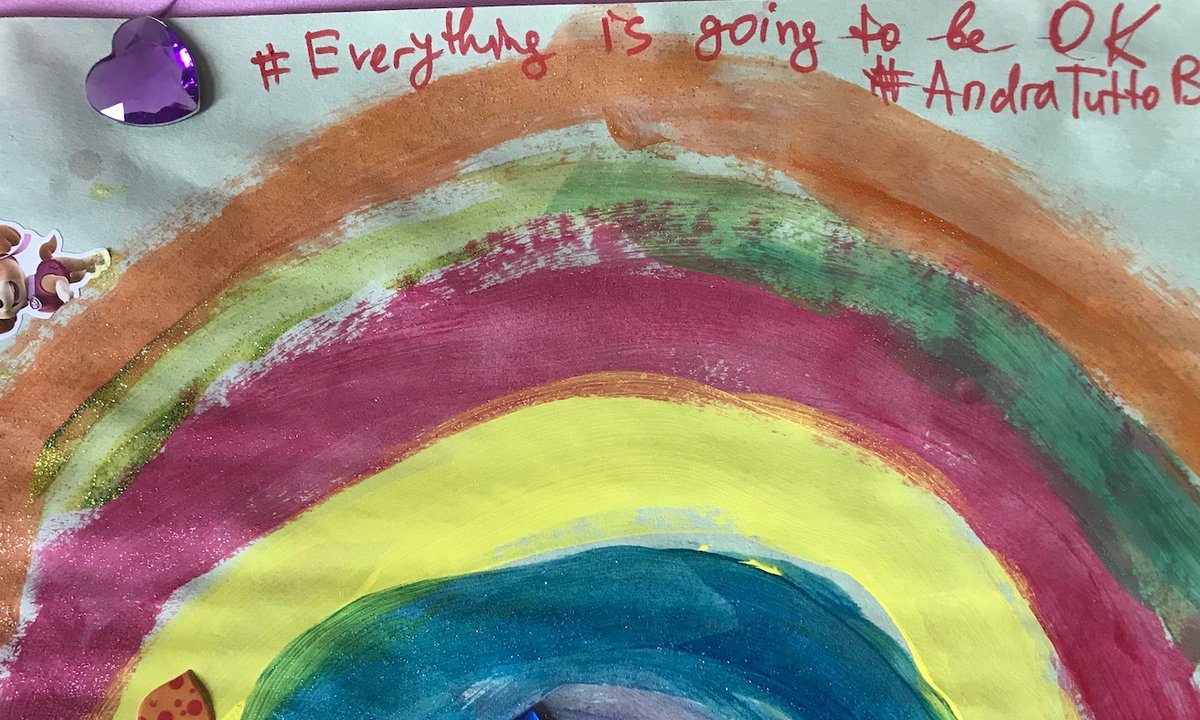Body of Objects
2018 - Installation (Installation)
11 objects, dimensions variable
Dale Harding
Dale Harding’s installation Body of Objects consists of eleven sculptural works that the artist based on imagery found at sandstone sites across Carnarvon Gorge in Central Queensland. Mouth-blown with ochre on sandstone, these extraordinary stencilled images depict weaponry, domestic tools, and ceremonial objects that are specific to the region and that relate to Harding’s own ancestry. In response to these enduring indexes of Indigenous material culture, Harding produced a suite of cast objects using the stencilled imagery as a guide, along with objects that relate to his family history: boomerangs, spears, clubs, and whips are all part of the display. Reproduced in silicone, the soft objects—some translucent, flaccid, and some embedded with spikes— droop over the edges of numerous white museum plinths of varying sizes and heights. This mutability works to unsettle the conventions of their museum-style display, referencing the way in which such objects have been displaced, exchanged, and interpreted since colonization. This complicates any easy distinction or classification between notions of original and copy, traditional and contemporary, utilitarian object and cultural fetish.
A descendant of the Bidjara, Ghungalu, and Garingbal peoples, Dale Harding’s work references and expands upon the philosophical and spiritual touchstones of his cultural inheritance. Through a variety of media, Harding examines the visual and social languages of his communities. Some of his works involve stories from the artist’s maternal family line, and others draw on the techniques, tools, and iconography that are present in Carnarvon Gorge—a significant cultural site for the Indigenous peoples of Central Queensland, globally recognised for its stenciled rock art. Concurrently, Harding references and interrogates European and American art historical traditions—including Colour Field painting, Minimalism, and performance, as well as modes of museological display and the categorization of art and cultural objects. His profound commitment to an archaeology of reproduction unravels the type of display that seeks to stabilize the material that is the subject of his work. His objects are traced in history, yet liberated from it. They remain in flux, offering a sharp comment on the gendered and racial stereotypes still associated with certain Indigenous historical objects.
Colors:
Related works sharing similar palette
» see more

© » KADIST
Robert Zhao Renhui
2014Created during Zhao Renhui’s residency at Kadist SF in 2014, Zhao Renhui began observing and cataloguing insects inspired by the scientific impulse towards exhaustive taxonomy of Sacramento-based Dr...

© » KADIST
Karl Haendel
2011Haendel’s series Knights (2011) is a set of impeccably drafted, nine-foot-tall pencil drawings depicting full suits of armor...

© » KADIST
Power Forward Wednesday, January 24, 2018 Bar 6pm, Program 7pm Ezekiel Kweku & Ameer Lo ggins in conversation, moderated by Sarah Hotchkiss Editors Astria Suparak & Brett Kashmere in person To celebrate the launch of Sports , the newest issue of artist-run publication INCITE: Journal of Experimental Media , KADIST hosts an evening of athletics, politics, art, and dialogue...
Related works found in the same semantic group
» see more

© » KADIST
Mateo Lopez
2012With Roca Carbon ( Charcoal Rock , 2012) and Roca Grafito ( Graphite Rock , 2012), López plays with our relationship to inert and unremarkable objects such as rocks...




